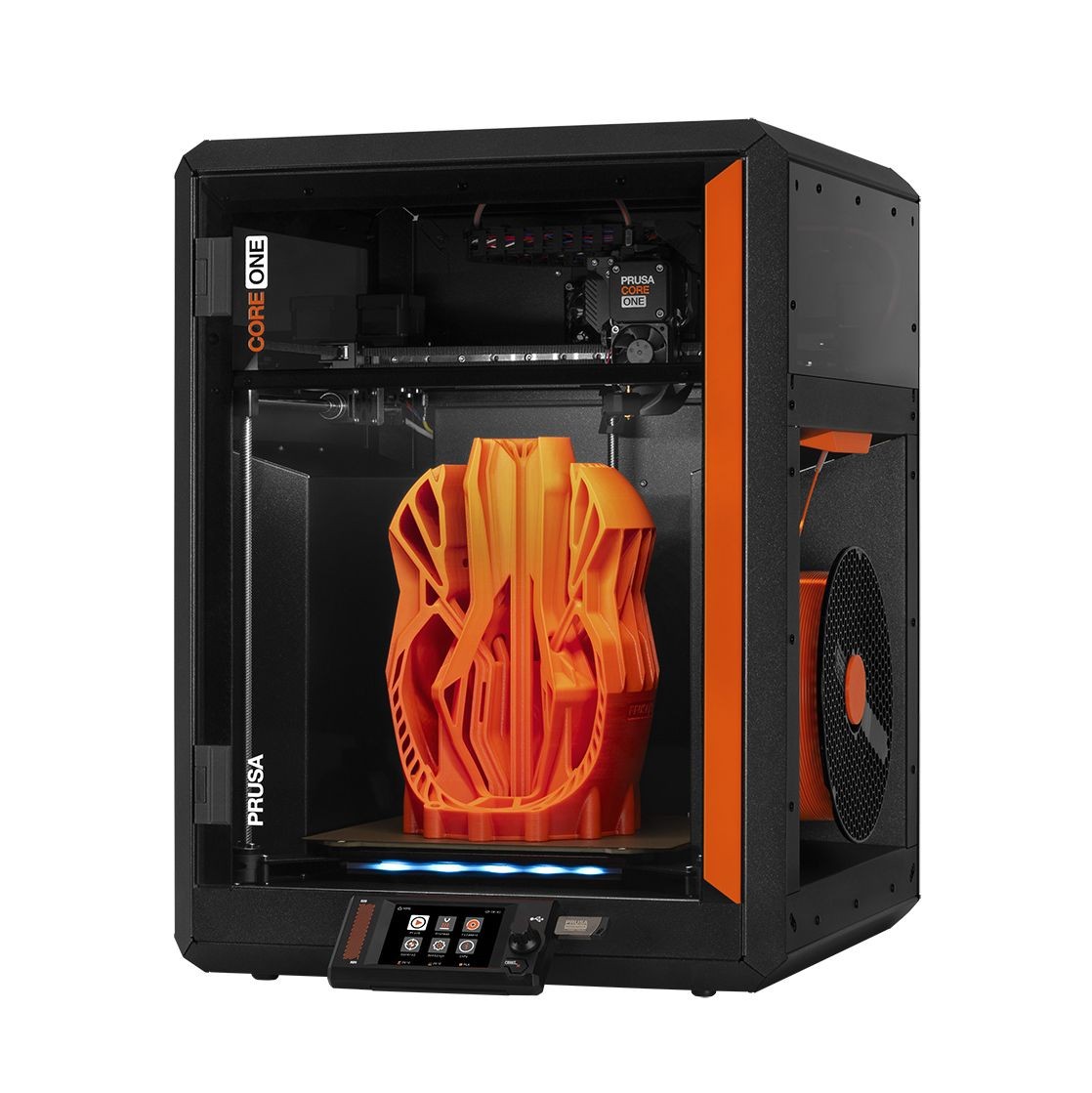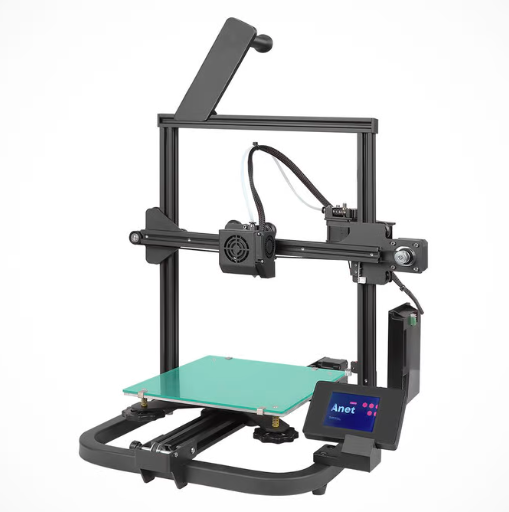Compare Core One vs A8 V2
Comparison between the best 3D printers
Choose the best 3D printer at the best price. The cheapest 3D printers are here.
Buy a 3D printer here with 3D Fila.
 |
 |
|
| Model | Core One |
A8 V2 |
| Printing Material | Filament | Filament |
| Buy Filament for Prusa Core One | Buy Filament forAnet A8 V2 | |
| Estimated price | $1200,00 | $129,00 |
| Manufacturer | Prusa | Anet |
| Release Year | 2025 | 2021 |
| Print Volume [mm] | 250x220x270 | 220x220x250 |
| Printer Size [mm] | 385x340x620 | 428x441x486 |
| Weight [kg] | 14 | 6,2 |
| Power Loss Recovery | YES | NO |
| Enclosed printer | YES | NO |
| Bed Leveling | Automatic | Manual |
| Filament End Sensor | YES | NO |
| Bed type | Heated | |
| Power supply system | Direct Drive | Bowden |
| Standard nozzle | 0,4 | 0,4 |
| Maximum Nozzle Temperature [°C] | 300 | 230 |
| Maximum Bed Temperature [°C] | 120 | |
| Maximum printing speed [mm/s] | 500 | 150 |
| Filament holder | YES | YES |
| Camera for supervision | NO | NO |
| Recommended filaments | PLA, TPU, TPE, HIPS, ABS, PETG, WOOD, PC, PA, PVA, ASA | PLA |
| Recommended slicers | Cura, Prusa Slicer, Orca | Cura, Simplify, Slic3r, IdeaMaker |
| Maximum Resolution [mm] | 0,01 | 0,1 |
| Processor | xBuddy 32 bit | |
| Display | Touchscreen 3,5'' | Display touchscreen 2,8'' |
| Power Supply | 240 W | 110/220V / 250W |
| Connectivity | SD | SD / USB |
| Operating systems | Windows, Linux e Macbook | Windows, Mac, Linux |
| Date of registration in the system | 2024-11-27 | 2022-11-10 |
| Release date | 2025 | 2021 |
| Extra features | The Prusa Core One is a CoreXY 3D printer featuring a robust steel frame, a 3.5" touchscreen, and a heated chamber for technical filaments. It offers 360° cooling for improved print quality and supports upgrades from the MK4S model. With a compact design, a print volume of 270x250x220 mm, and compatibility with the MMU3 for multi-color printing, it stands out for its ease of maintenance, precision, and speeds up to 260% faster than the MK3S+. | The Anet A8 V2 is a Cartesian-XZ type 3D printer with a build volume of 220 x 220 x 250 mm, Ender 3 design and V-slot assembly. It has a 32-bit motherboard and touchscreen interface, promising ease of use. It uses open source firmware and has thermal failure protection. It stands out for its cable organization and the absence of a heated bed, focusing on energy savings and PLA printing. It comes with an external power adapter, aiming at greater safety, especially for beginners and educational use. |
| Support for multiple colors and materials (AMS and CFS) | YES | NO |
Notes * |
||
| Cost-benefit | 7 / 10 | 6 / 10 |
| Hardware | 6 / 10 | 0.6 / 10 |
| Tela | . | . |
| Print volume | 3 / 10 | 3 / 10 |
| Performance | 4 / 10 | 1 / 10 |
Conclusion |
| In comparing the Core One by Prusa and the A8 V2 by Anet, it becomes clear that each printer caters to different user needs and budgets. The Core One, while significantly more expensive, offers a plethora of advanced features and specifications, making it ideal for serious enthusiasts and professionals. Its impressive build volume, automatic bed leveling, power loss recovery, and extensive material compatibility position it as a high-end choice for those seeking versatility and quality in their prints. Additionally, its robust design and support for multi-color printing add to its appeal. Conversely, the A8 V2 presents a much more economical option, suitable for beginners and educational purposes. While it lacks many of the advanced features and capabilities of its counterpart, it offers a straightforward, user-friendly experience, particularly for those primarily working with PLA. Its lower price and simpler construction make it a solid entry-level option, but it may not satisfy users looking for advanced capabilities or print quality. Ultimately, the choice between these two 3D printers boils down to the user’s individual needs, budget, and intended applications. For advanced users and those who require high-quality output across various materials, the Core One is the clear winner. However, for beginners or those with a limited budget focused on basic printing tasks, the A8 V2 serves as a commendable starting point. |

